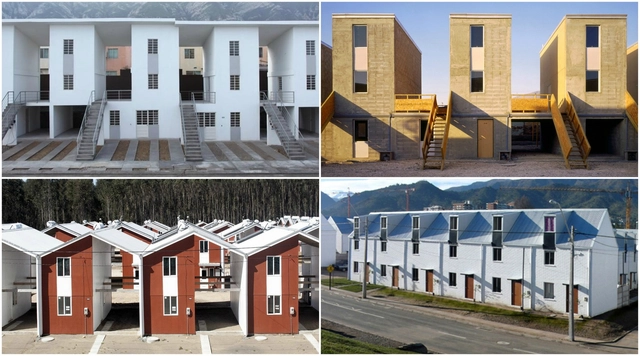
It’s the Chilean architect Alejandro Aravena’s habit to look at architecture as a way to help people, and not to simply dazzle them with form. The ethos and practice of Aravena’s Santiago-based firm, Elemental, is essentially the blueprint for each national pavilion at this year’s Venice Architecture Biennale (through Nov. 27), which he is directing. His brief, “Reporting from the Front,” asks a simple question, one that’s increasingly difficult to address: How can the advancement of architecture, given physical needs and local contexts, actually improve the quality of people’s lives?
The question is central to how Aravena approaches his own work. Before he puts pen to paper, the economic, environmental, political, and social dimensions of the built environment are fully taken into account.















.jpg?1453730339)








_MOMA.jpg?1451989017&format=webp&width=640&height=580)






